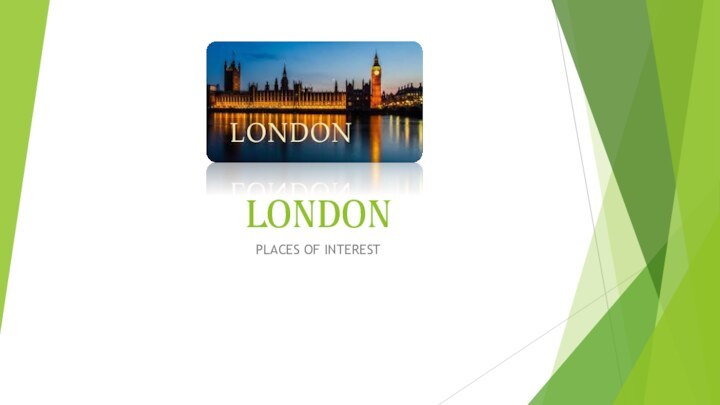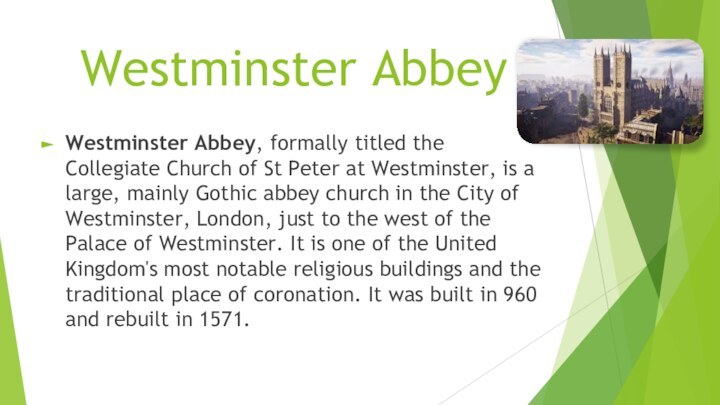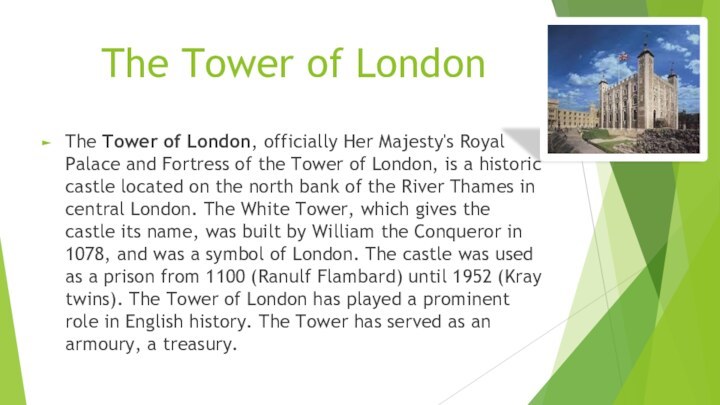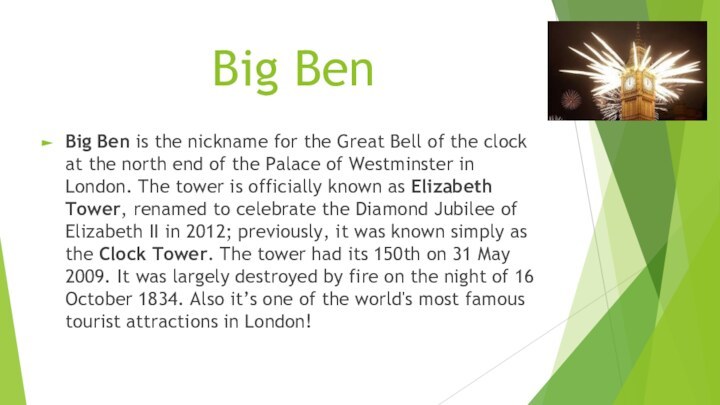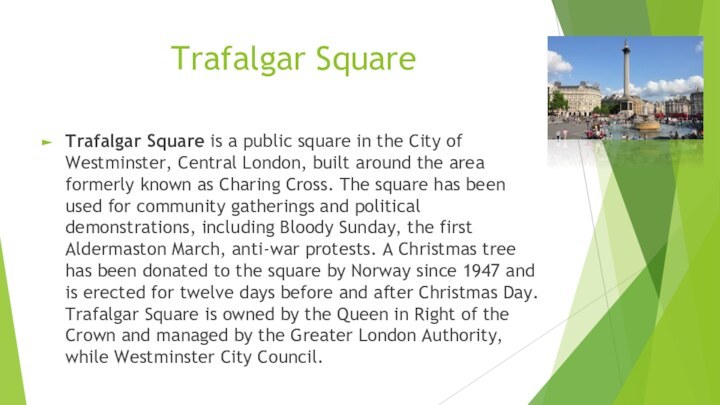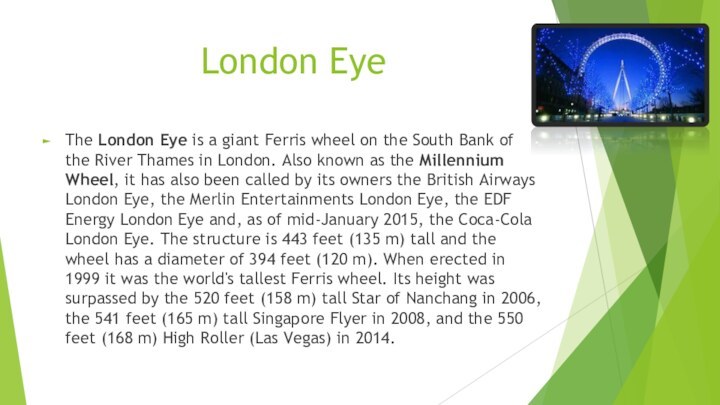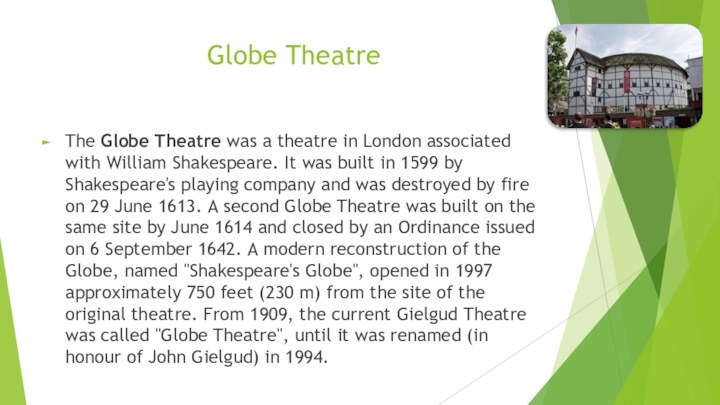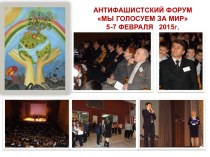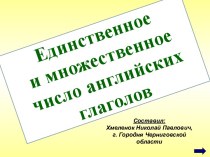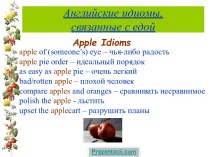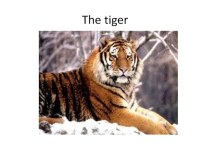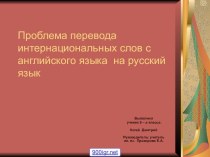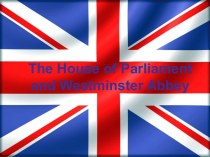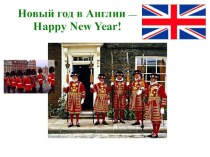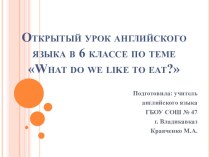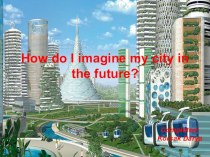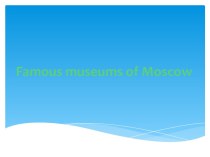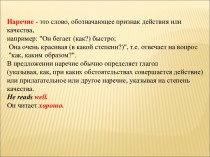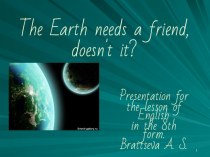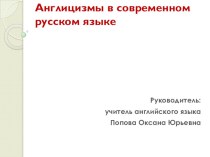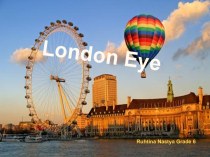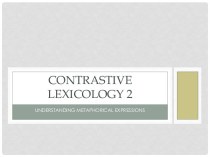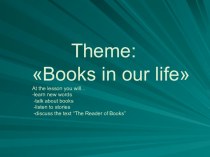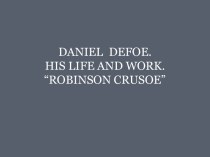Слайд 2
Westminster Abbey
Westminster Abbey, formally titled the Collegiate Church
of St Peter at Westminster, is a large, mainly
Gothic abbey church in the City of Westminster, London, just to the west of the Palace of Westminster. It is one of the United Kingdom's most notable religious buildings and the traditional place of coronation. It was built in 960 and rebuilt in 1571.
Слайд 3
The Tower of London
The Tower of London, officially
Her Majesty's Royal Palace and Fortress of the Tower
of London, is a historic castle located on the north bank of the River Thames in central London. The White Tower, which gives the castle its name, was built by William the Conqueror in 1078, and was a symbol of London. The castle was used as a prison from 1100 (Ranulf Flambard) until 1952 (Kray twins). The Tower of London has played a prominent role in English history. The Tower has served as an armoury, a treasury.
Слайд 4
Big Ben
Big Ben is the nickname for the
Great Bell of the clock at the north end
of the Palace of Westminster in London. The tower is officially known as Elizabeth Tower, renamed to celebrate the Diamond Jubilee of Elizabeth II in 2012; previously, it was known simply as the Clock Tower. The tower had its 150th on 31 May 2009. It was largely destroyed by fire on the night of 16 October 1834. Also it’s one of the world's most famous tourist attractions in London!
Слайд 5
Trafalgar Square
Trafalgar Square is a public square in
the City of Westminster, Central London, built around the
area formerly known as Charing Cross. The square has been used for community gatherings and political demonstrations, including Bloody Sunday, the first Aldermaston March, anti-war protests. A Christmas tree has been donated to the square by Norway since 1947 and is erected for twelve days before and after Christmas Day. Trafalgar Square is owned by the Queen in Right of the Crown and managed by the Greater London Authority, while Westminster City Council.
Слайд 6
London Eye
The London Eye is a giant Ferris
wheel on the South Bank of the River Thames
in London. Also known as the Millennium Wheel, it has also been called by its owners the British Airways London Eye, the Merlin Entertainments London Eye, the EDF Energy London Eye and, as of mid-January 2015, the Coca-Cola London Eye. The structure is 443 feet (135 m) tall and the wheel has a diameter of 394 feet (120 m). When erected in 1999 it was the world's tallest Ferris wheel. Its height was surpassed by the 520 feet (158 m) tall Star of Nanchang in 2006, the 541 feet (165 m) tall Singapore Flyer in 2008, and the 550 feet (168 m) High Roller (Las Vegas) in 2014.
Слайд 7
Globe Theatre
The Globe Theatre was a theatre in
London associated with William Shakespeare. It was built in
1599 by Shakespeare's playing company and was destroyed by fire on 29 June 1613. A second Globe Theatre was built on the same site by June 1614 and closed by an Ordinance issued on 6 September 1642. A modern reconstruction of the Globe, named "Shakespeare's Globe", opened in 1997 approximately 750 feet (230 m) from the site of the original theatre. From 1909, the current Gielgud Theatre was called "Globe Theatre", until it was renamed (in honour of John Gielgud) in 1994.
Слайд 8
St. Paul’s Cathedral
St Paul's Cathedral, London, is an
Anglican, cathedral, the seat of the Bishop of London
and the mother church of the Diocese of London. It sits on Ludgate Hill at the highest point of the City of London and is a Grade 1 listed building. it was the tallest building in London from 1710 to 1967. The dome is among the highest in the world. St Paul's is the second-largest church building in area in the United Kingdom after Liverpool Cathedral. St Paul's Cathedral is a working church with hourly prayer and daily services. The fourth St Paul's, generally referred to as Old St Paul's, was begun by the Normans after the 1087 fire.
Слайд 9
Madame Tussaud’s Museum
Madame Tussaud’s Museum is a wax
museum in London with smaller museums in a number
of other major cities. It was founded by wax sculptor Marie Tussaud. Marie Tussaud was born as Marie Grosholtz in 1761 in Strasbourg, France. Her mother worked as a housekeeper for Dr. Philippe Curtius in Bern, Switzerland, who was a physician skilled in wax modelling. Tussaud created her first wax sculpture in 1777 of Voltaire. At the age of 17 she became the art tutor to King Louis XVI of France’s sister, Madame Elizabeth, at the Palace of Versailles.
